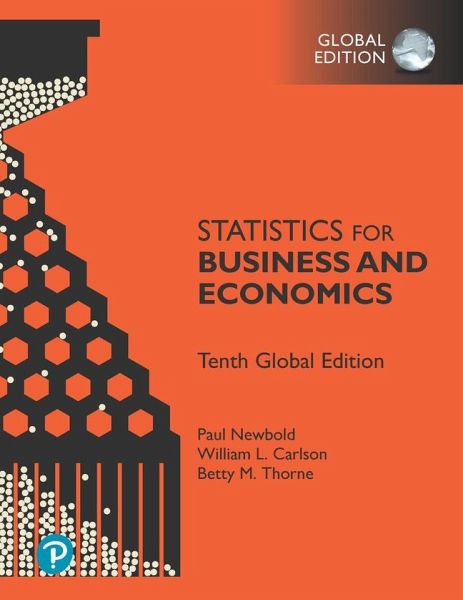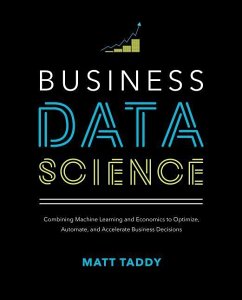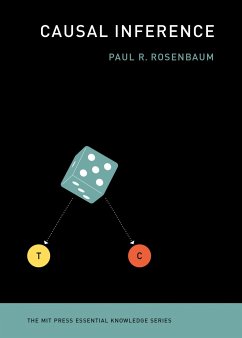
Statistics for Business and Economics, Global Edition

PAYBACK Punkte
32 °P sammeln!
A classic text for accuracy and statistical precision.Statistics for Business and Economics enables readers to conduct serious analysis of applied problems rather than running simple canned applications. This text is also at a mathematically higher level than most business statistics texts and provides readers with the knowledge they need to become stronger analysts for future managerial positions.The eighth edition of this book has been revised and updated to provide readers with improved problem contexts for learning how statistical methods can improve their analysis and understanding of bus...
A classic text for accuracy and statistical precision.
Statistics for Business and Economics enables readers to conduct serious analysis of applied problems rather than running simple canned applications. This text is also at a mathematically higher level than most business statistics texts and provides readers with the knowledge they need to become stronger analysts for future managerial positions.
The eighth edition of this book has been revised and updated to provide readers with improved problem contexts for learning how statistical methods can improve their analysis and understanding of business and economics.
Statistics for Business and Economics enables readers to conduct serious analysis of applied problems rather than running simple canned applications. This text is also at a mathematically higher level than most business statistics texts and provides readers with the knowledge they need to become stronger analysts for future managerial positions.
The eighth edition of this book has been revised and updated to provide readers with improved problem contexts for learning how statistical methods can improve their analysis and understanding of business and economics.













